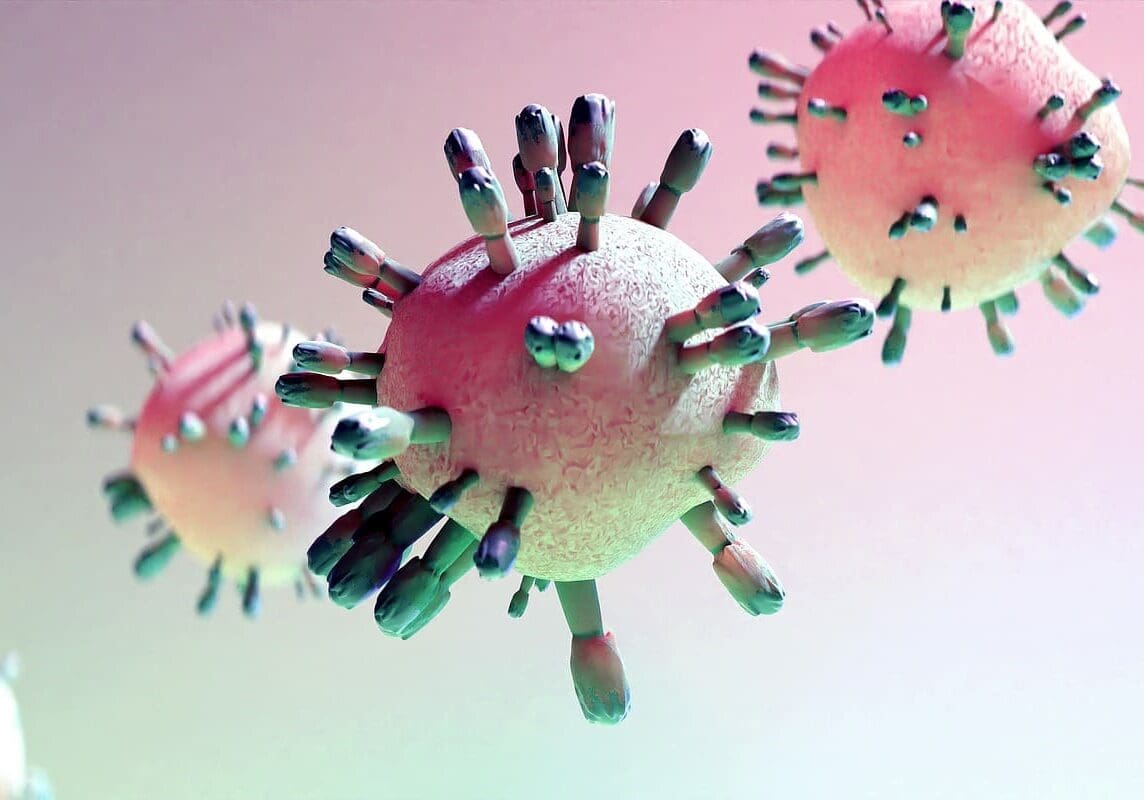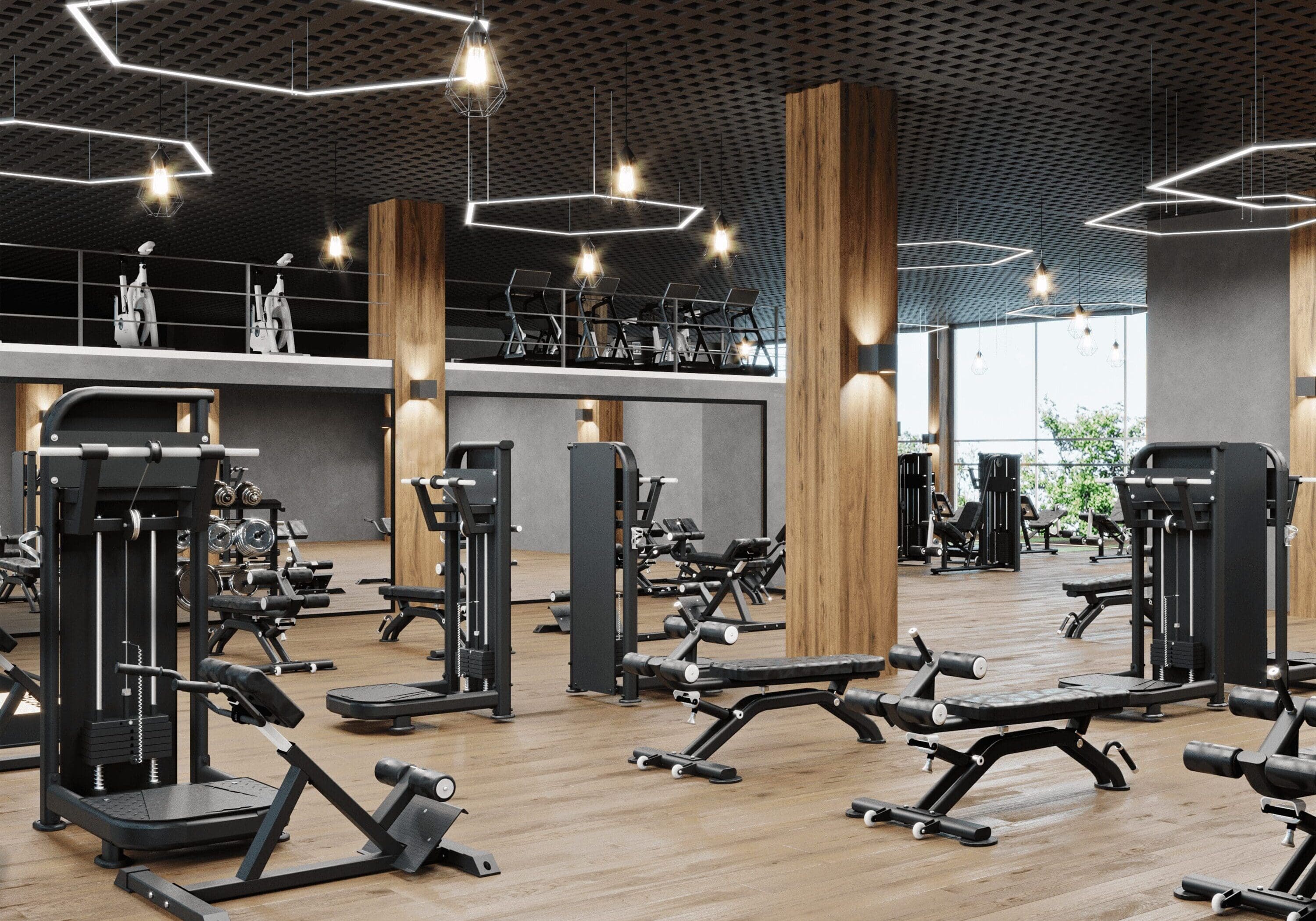"They picked it up at school" and "it's just one after another" are common phrases heard by parents with school-going children. In the post-COVID era, parents' concern for their children's safety regarding infectious diseases has risen, and many now question "Is my child safe here?"
K-12 schools’ janitorial staff are already over-stretched with high-visibility tasks such as mopping and polishing floors, and trash collection. Adding the burden of invisible tasks like disinfecting surfaces to reduce infectious diseases is impractical, yet the average school is host to 20 transmissions per day.
One school in New Mexico sought to go beyond the UVC air purifiers they had already installed, as they were not effective for surface disinfection. They aimed to reduce the incidence of diseases such as strep, staph, norovirus, COVID-19, and influenza.
The school chose to implement the EPIC iO AURA automated room disinfection solution. The unit was designed to serve multiple classrooms and the janitor was instructed to move it from room to room each night, ensuring that each room was disinfected at least once a week. The unit only required an outlet to be plugged into, and it connected to the school's WiFi, making it convenient to use. The highly portable unit is only 13 pounds and comes with a carrying handle.
As a secondary benefit, the school noticed a reduction in odors, as they originate from bacterial metabolism, which was also reduced. The school is now monitoring and comparing absenteeism to observe seasonal trends
The school reviewed laboratory data from other customers who used the EPIC iO overnight disinfection system and came to three conclusions: Cleaning a room with detergent and sweeping or mopping does not significantly eliminate germs, only reducing them by about 10%. Without cleaning, germs that survive disinfection continue to breed, increasing by about 2%. Cleaning followed by disinfection resulted in a reduction of over 95% of germs on surfaces, even with active HVAC systems.


SOME SCHOOLS ARE TACKLING INFECTIOUS DISEASE TRANSMISSIONS:
Last year, there were 5.2 million cases of strep throat in the US alone. Each child catches a cold six times a year, or every other month. For parents of pre-K children, it can feel like they are constantly at the doctor's office. During the COVID-19 pandemic, many schools had to take action by installing UVC air purifiers and even wholeroom UVC lamps. However, these solutions only disinfect the air and not surfaces, and are not as effective for children sitting in the back of the classroom or for hidden surfaces. The EPIC iO AURA is a new solution that is now available, and it can run every night to disinfect every square inch of the room.
YOU CAN’T ASK FOR MORE FROM JANITORS:
Janitorial staff are already stretched thin, trying to keep the school looking clean. Asking them to also disinfect the school would be an overwhelming task. However, without disinfection, germs and diseases will continue to spread. Some argue that a place can be too clean, and that this makes children less resilient. However, St. Louis Children's Hospital found that the average school sees 3,703 disease-spreading events per year. If children were developing resistance to germs, these numbers should be declining, but they are not.
SAFETY:
The solution only runs overnight, in unoccupied rooms. It does not use harsh chemicals and leaves no residue except for pure oxygen. It has fail-safe mechanisms to prevent it from being used during the day, and multiple safety sensors cause the system to shut down if someone enters the room during the disinfection cycle. Additionally, the concentrations used are completely safe for temporary exposure, so even if the cycle is interrupted, no one will be harmed.
Both cleaning and disinfecting are required to keep students and staff safe
Executive Summary
The solution consisted of a portable EPIC iO AURA shared by multiple classrooms. Janitors placed the unit near the HVAC inlets and as far as possible from the HVAC returns to maximize disinfection. The unit was connected to the school's WiFi through a nearby cellular modem for notifications, control, and reporting through the App. The only requirement was an electrical outlet for power. The units were scheduled to run seven days a week, from 11 PM to 5 AM Sunday through Thursday, and 11 PM to 6 AM on Friday and Saturday, for a cumulative weekly disinfection of 44 hours.










